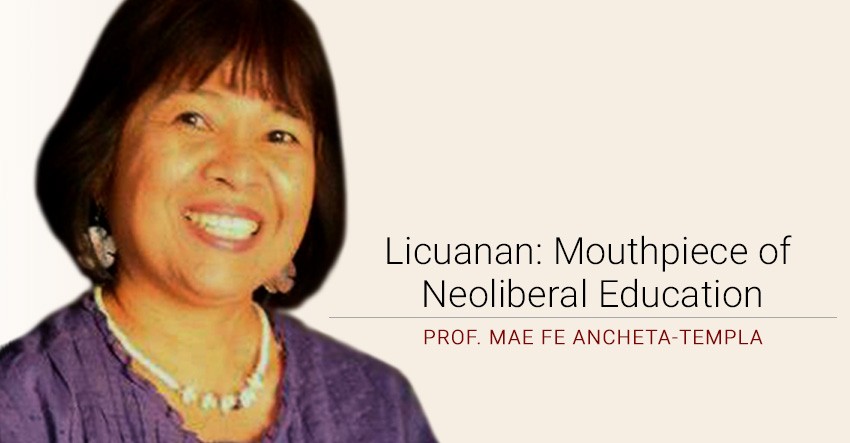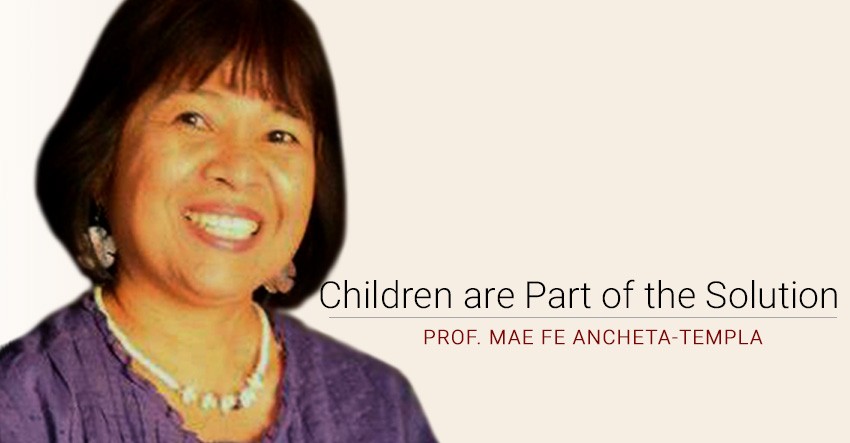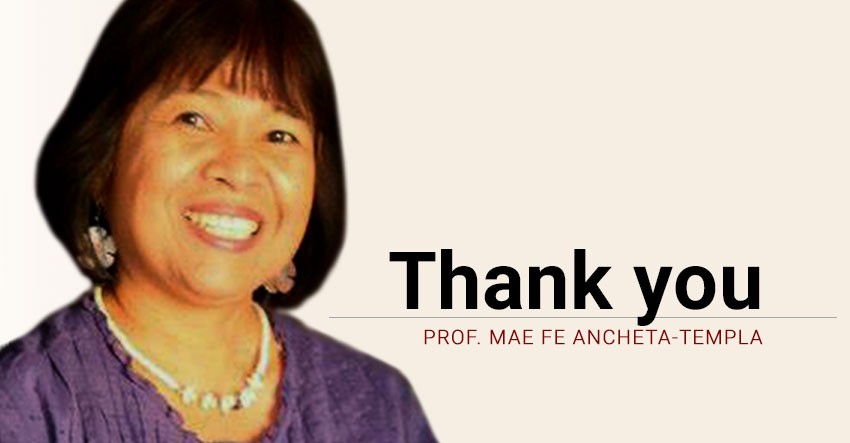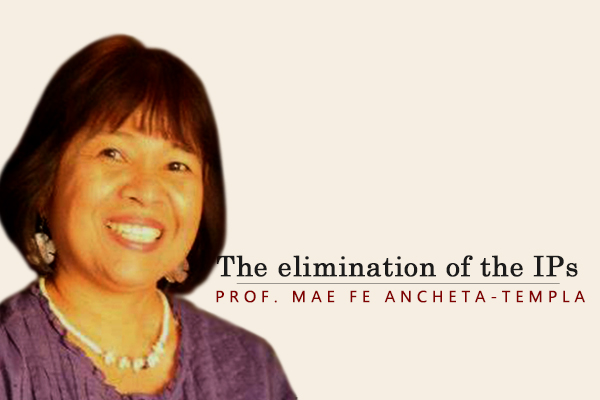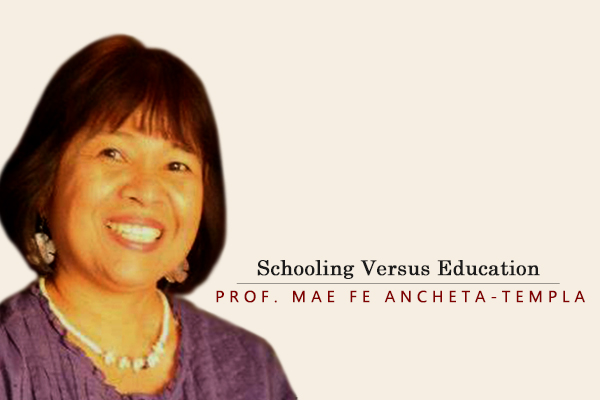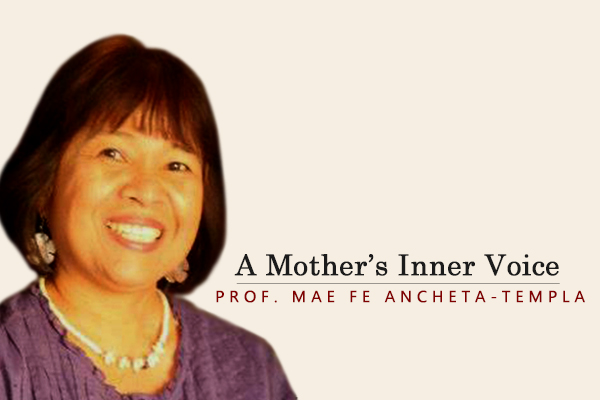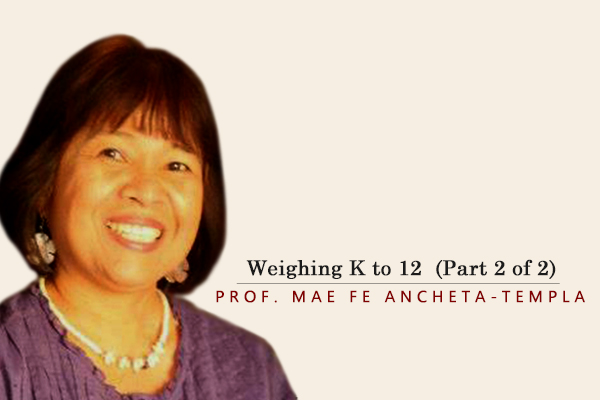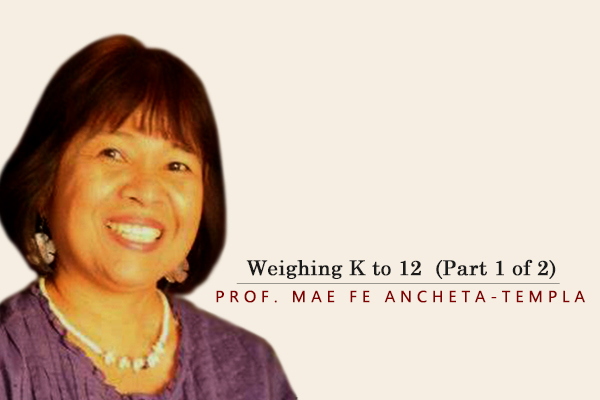The history of engagement of people’s organizations in non-traditional program and projects spells the difference of what constitutes civil society in the Philippines.
Author Archives: PROF. MAE FE ANCHETA-TEMPLA
In the 60s, the first wave of migrants from the Philippines to the United States landed in Hawaii and neighboring states to settle as migrant workers with no specific professional and gendered identities, except that some were technically skilled and some were college degree holders or intellectually and academically advantaged in their own right.
The trouble with the Philippine educational system is that it is foreign-dictated and it is now unmasked when the country’s Commission on Higher Education chief herself, Patricia B. Licuanan. Licuanan was quoted saying that Filipino youth does not have to enter college.
The participation of children in seeking solution to their problem, both as children and as members of their community, is highly recognized among child rights activists and advocates.
At this point of your departure, thank you very much for the time wholeheartedly, boldly and untiringly spent with the people; respect for the human worth and dignity (guided by IHL) and to the pursuit of national and social liberation
The alleged massacre in Purok 7, Paradise Embac, Paquibato District highlights another scenario of militarization even in a popular city which recently ranked as the 4th safest city in the world.
The Talaingod schools set up by the local people’s organization of Ata-Manobo, Salugpungan Ta Tan u Igkanugon, represent a combination of adult and young literacy learning centre.
As we end this month of mothers, let us look back to the struggle of one woman fighting for the life of her daughter. Her story epitomizes the call of millions of Filipino women, mothers and wives for their sons, daughters, and husbands working overseas.
As a concerned social worker-educator, recommendations outlined below may still be relevant even as today’s clamor is more inclined to postponement of the implementation of the law on K to 12 strategy.
This piece was part of an attempt to contribute to public policy review specific to education submitted to the Committee on Education of the House of Representatives that held a public hearing in Davao City on K to 12 in 2012.



